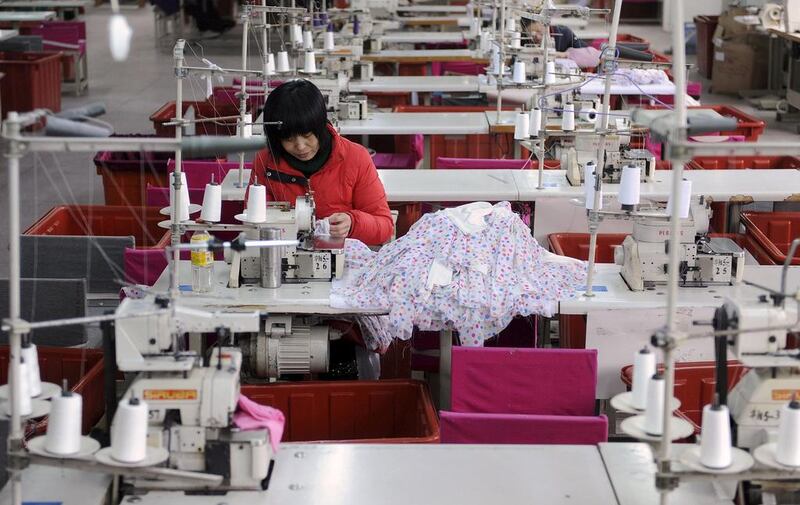The International Energy Agency expects the oil glut to worsen this year before it gets better.
Though the full return of Iran to the oil market has been expected since last year when a deal was agreed in principle, the actual lifting of sanctions this week after it complied with terms of the agreement has added to the broader market gloom, the Paris-based watchdog for rich energy-consuming countries said in its latest report.
“Iran’s return to the oil market confirms what has been inevitable for six months,” the IEA said. “There are considerable uncertainties around the quality and quantity of oil that Iran can offer to the market in the short term and the not inconsiderable challenge of finding buyers willing to take more oil into an already glutted market,” the IEA argues.
“However, if Iran can move quickly to offer its oil under attractive terms there may be more ‘pricing in’ to come,” meaning lower oil prices. “Time will tell,” the report concludes.
In its first monthly report of the year, the agency struck a gloomy tone.
“The oil market faces the third successive year when supply will exceed demand by 1 million barrels per day and there will be enormous strain on the ability of the oil system to absorb it efficiently,” IEA says.
Production from countries outside of Opec is expected to decline by 600,000 barrels per day this year, though that is expected to be offset by the additional Iranian output, which can be 500,000 bpd immediately and up to 300,000 bpd after parts of the industry are rehabilitated.
Meanwhile, there is no indication that Saudi Arabia, the UAE and other producers will not continue to pursue record production to protect market share.
The demand side of the equation has not provided any news to lift the gloom.
“The New Year has been awash with pessimism about economic growth,” the IEA says, citing the World Bank’s early-January report saying last year’s global economic growth was the slowest since 2001.
China has reported the slowest rate of economic growth in 25 years, at 6.9 per cent for last year, down from 7.3 per cent the previous year. The official government data is widely questioned and the slowdown may even be more severe, an indication of which is the global commodities price crash, as many analysts have pointed out.
The IEA said it expects China’s oil demand this year to grow by just 350,000 bpd, well below trend growth.
The prognosis is not good, the IEA says. “Global oil supply could exceed demand by 1.5 million bpd in the first half of 2016,” it reckons. “Unless something changes, the oil market could drown in oversupply.”
amcauley@thenational.ae
Follow The National's Business section on Twitter





